Business Planning
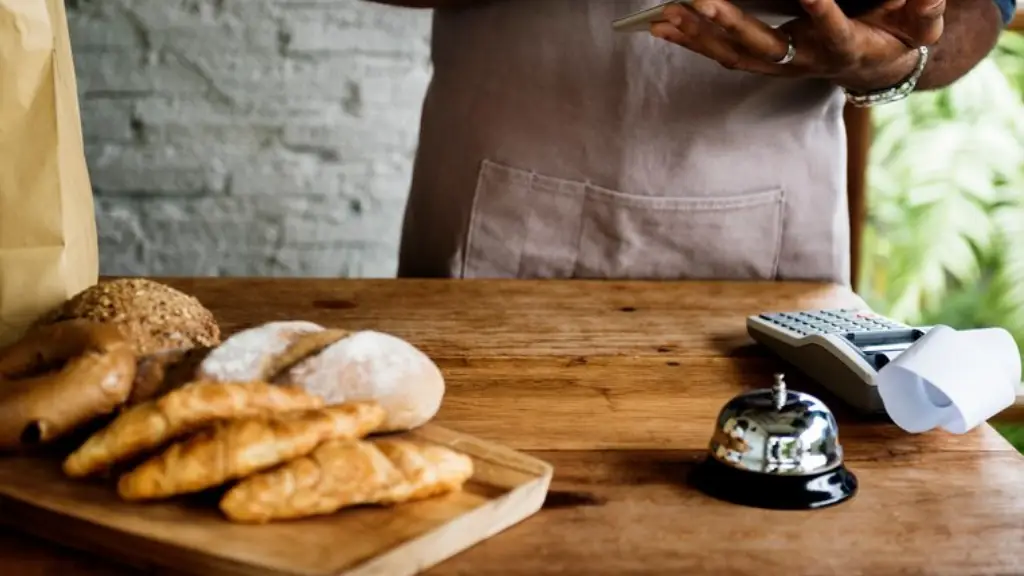
There is a shortage of coffee spots where customers can get high quality coffee and freshly baked pastries in a higher income market in Washington state.
JJB offers a broad range of coffee and espresso products, all from high quality imported coffee beans. JJB caters to all of its customers by providing each customer coffee and espresso products made to suit the customer, down to the smallest detail.
Because Washington has a cool climate for eight months out of the year, hot coffee products are very much in demand. During the remaining warmer four months of the year, iced coffee products are in significantly high demand, along with a slower but consistent demand for hot coffee products. Much of the day’s activity occurs in the morning hours before ten a.m., with a relatively steady flow for the remainder of the day.
Competition in the local area is somewhat sparse and does not provide nearly the level of product quality and customer service as JJB. Local customers are looking for a high quality product in a relaxing atmosphere. They desire a unique, classy experience.
JJB is a bakery and coffee shop managed by two partners. These partners represent sales/management and finance/administration areas, respectively. The partners will provide funding from their own savings, which will cover start-up expenses and provide a financial cushion for the first months of operation.
JJB anticipates sales as shown below during the three years of the plan. JJB should break even by the fourth month of its operation as it steadily increases its sales. Profits for this time period are expected to be relatively low in the first two years, increasing somewhat in the third. We are projecting investment of $140,000 from the two founders.
Startup requirements:
Funding
There is a shortage of coffee spots where customers can get high-quality coffee and freshly baked pastries in a higher income market in the southwest area of Washington state.
JJB offers a broad range of coffee and espresso products, all from high-quality Columbian grown imported coffee beans. JJB caters to all of its customers by providing each customer coffee and espresso products made to suit the customer, down to the smallest detail.
JJB focuses on the middle- and upper-income markets. These market segments consume the majority of coffee and espresso products.
Local Residents
JJB wants to establish a large regular customer base. This will establish a healthy, consistent revenue base to ensure the stability of the business.
Tourists
Tourist traffic comprises approximately 35% of the revenues. High visibility and competitive products and service are critical to capture this segment of the market.
Leading competitors purchase and roast high quality, whole-bean coffees and, along with Italian-style espresso beverages, cold-blended beverages, a variety of pastries and confections, coffee-related accessories and equipment, and a line of premium teas, sell these items primarily through company-operated retail stores. In addition to sales through company-operated retail stores, leading competitors sell coffee and tea products through other channels of distribution (specialty operations).
Larger chains vary their product mix depending upon the size of each store and its location. Larger stores carry a broad selection of whole bean coffees in various sizes and types of packaging, as well as an assortment of coffee- and espresso-making equipment and accessories such as coffee grinders, coffee makers, espresso machines, coffee filters, storage containers, travel tumblers and mugs. Smaller stores and kiosks typically sell a full line of coffee beverages, a more limited selection of whole-bean coffees, and a few accessories such as travel tumblers and logo mugs. According to the most recent data available, industry retail sales mix by product type was approximately 73% beverages, 14% food items, eight percent whole-bean coffees, and five percent coffee-making equipment and accessories.
The retail coffee industry in the U.S. has recently experienced rapid growth. The cool marine climate in southwest Washington stimulates consumption of hot beverages throughout the year.
JJB wants to establish a large regular customer base, and will therefore concentrate its business and marketing on local residents, which will be the dominant target market. This will establish a healthy, consistent revenue base to ensure stability of the business. In addition, tourist traffic is expected to comprise approximately 35% of the revenues. High visibility and competitive products and service are critical to capture this segment of the market.
Keys to success for JJB will include:
Providing the highest quality product with personal customer service.
Our marketing is rooted in the quality of the experience, to generate good word of mouth and repeat visits. That should generate good reviews on Yelp and Google Maps and similar review platforms.
Of course we will pay attention to reviews and work with promotions to encourage reviews without being too blatant about it.
We will also keep an up-to-date Facebook page and Twitter persona with regularly updated content. We will be slow to do promotions over social media, emphasizing useful content instead. Some of that will include community content.
JJB wants to establish a large regular customer base, and will therefore concentrate its business and marketing on local residents, which will be the dominant target market. This will establish a healthy, consistent revenue base to ensure the stability of the business. In addition, tourist traffic is expected to comprise approximately 35% of the revenues. High visibility and competitive products and service are critical to capture this segment of the market. JJB will have a storefront that is easily accessible from 2 different highways.

Of course, the main metrics are the obvious ones: sales, direct, costs, expenses, and cash flow. But we will also be watching for units, customers, and social media metrics including Facebook likes and Twitter follows.
JJB is incorporated in the state of Washington. It is equally owned and managed by its two partners.
The company intends to hire two full-time managers, one pastry chef and 3 part-time baristas to handle customer service and day to day operations.
Mr. Austin Patterson has extensive experience in sales, marketing, and management, and was vice president of marketing with both Jansonne & Jansonne and Burper Foods. Mr. David Fields brings experience in the area of finance and administration, including a stint as a chief financial officer with both Flaxfield Roasters and the national coffee store chain, BuzzCups.

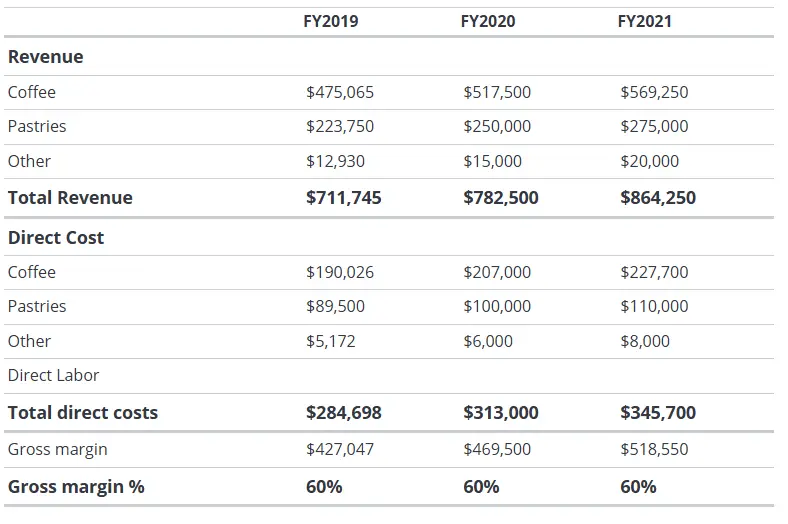
We will be financing initial assets of $65,000 long-term assets (equipment, etc.) and $12,000 current assets plus initial inventory and the early months before break-even occurs.
Two owners each investing $70,000. Total startup investment is $140,000
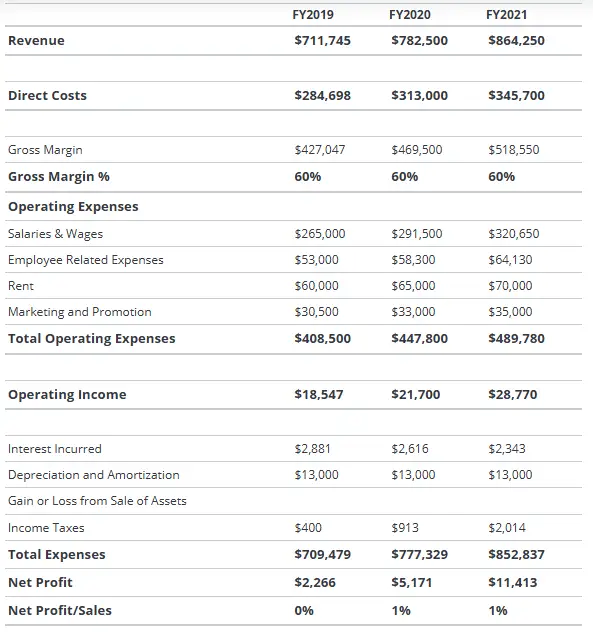
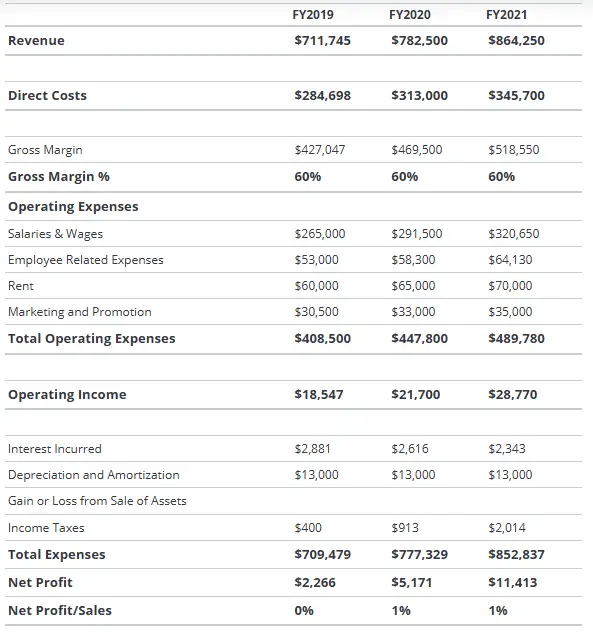
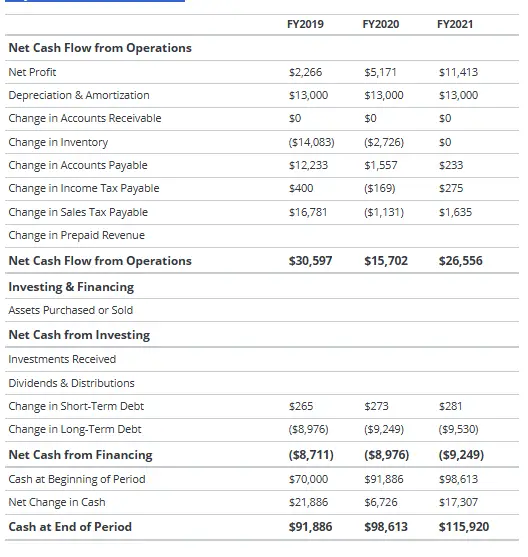
Would you mind taking a moment to please share your feedback?
